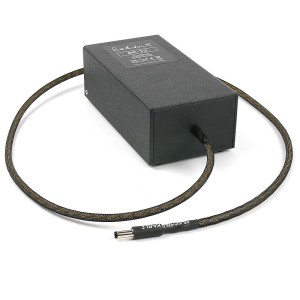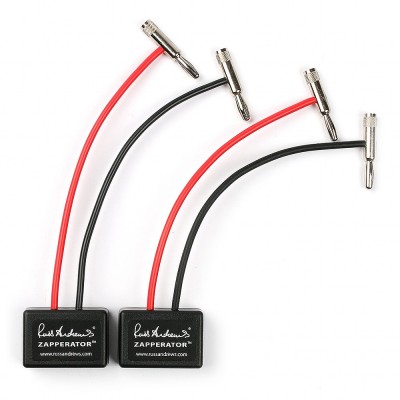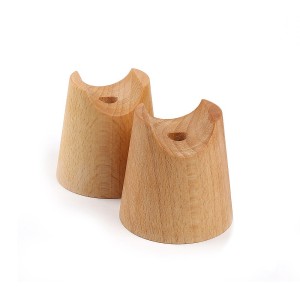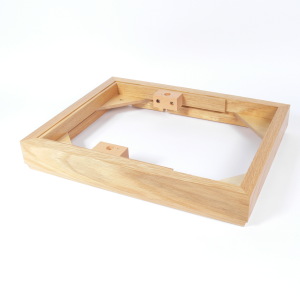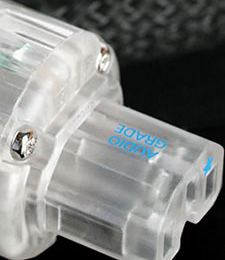KIMBER KABLE® Carbon 18XL & Carbon interconnect
Tuesday, 22nd July 2025
Veteran Hi-Fi luminary Martin Colloms is impressed with Kimber's Carbon 18XL speaker cable and Carbon balanced analogue interconnect. Read more about what he thinks...
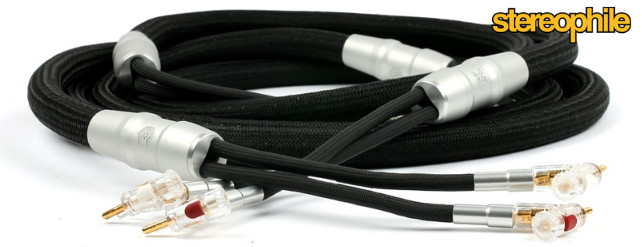
Martin Colloms has a lot of experience of high-end audio systems. Co-founder of Monitor Audio, regular contributor to numerous Hi-Fi magazines, including Hi-Fi News and Hi-Fi Choice and publisher/editor of Hi-Fi Critic, he has an unenviable reputation for his critical audio reviews.
 In this instance, he has been enlisted by high-end US magazine Stereophile to assess Kimber’s Carbon 18XL speaker cable and Carbon balanced analogue interconnects.
In this instance, he has been enlisted by high-end US magazine Stereophile to assess Kimber’s Carbon 18XL speaker cable and Carbon balanced analogue interconnects. He begins with a recap of how the woven cable concept came about as the result of necessity, with Ray Kimber – then specializing in the installation of light and sound rigs in the booming discotheques of the late 1970s - having to address the noise induced into audio cables by lighting looms running alongside. Traditional cable shielding worked to reduce noise but was found to impair sound quality. Experimentation with weaving the audio cable proved highly effective and so the seeds of his more complex, braided designs were sewn.
At this point, Martin takes the opportunity to note the relationship between KIMBER KABLE® and Russ Andrews. Pointing out that Russ has been the face of Kimber in the UK for many decades, he observes the way that he has intelligently curated the KIMBER KABLE® range to allow for discerning UK market circumstances. As an aside, this is one of the reasons why the Kimber PK10, also featured later in the review, is not part of our range, as we offer our own, home-grown PowerKords using woven KIMBER KABLE®.
He also makes reference to the cable he dubbed as “by far the best speaker cable [he had] ever heard”, Kimber’s ‘sensational’ Model 88, the Black Pearl, noting that the Carbon cables under review “owe much to that pioneering development”.
Carbon 18XL
Surpassed only by the Select series in the Kimber range, Carbon 18XL “ranks in Kimber’s premium class”, he says. Not surprising, then, that it features a fairly complex architecture.
Carbon 18XL construction
16 copper – carbon-polymer – Teflon® conductors are employed, braided around an inner core which, as with the Monocle and Select speaker cables, serves to spread the weave and damp vibration. Carbon 18XL incorporates two additional, non-twisted, straight-run copper conductors which run in parallel through the core.

The conductors are pure, VariStrand™ copper over which a carbon-infused conductive polymer is pressure-applied. The polymer fills the spaces in between the strands helping to maintain the cable’s geometry and means that the stranded conductors behave more like a solid core conductor, while retaining its flexibility.
The copper conductors and carbon polymer are then insulated in the conventional way with Kimber’s Fluorocarbon (Teflon®) insulation. The Carbon polymer reduces mechanically-induced noise and improves the performance of the outer Teflon® insulating material.
Listening
Before getting into details of the review proper, Martin reflects that he has never heard a bad cable from Kimber… and Carbon is no exception. More specifically, he reports that:
both himself and the Stereophile listening panel “heard very good stereo imaging”, which revealed itself in both “width, depth, and scale”. He states that “many positive qualities were evident” with the 18XL in place, not least in the basslines.
There can be a tendency to become over-obsessed with bass in Hi-Fi circles. Certainly, I’ve personally heard numerous occasions where bass has been regarded as impressive when, to my ears, it’s been over-forward, bloated and dominantly overbearing, blurring much of the mid and upper frequencies where much of the interesting stuff is going on.
So, it’s interesting to read how Martin describes the “positive qualities” of 18XL in this context: “robust, articulate” and “tuneful” he says, “accompanied by expressive dynamics, the whole exerting a pleasing grip on the loudspeakers' bass drivers”.
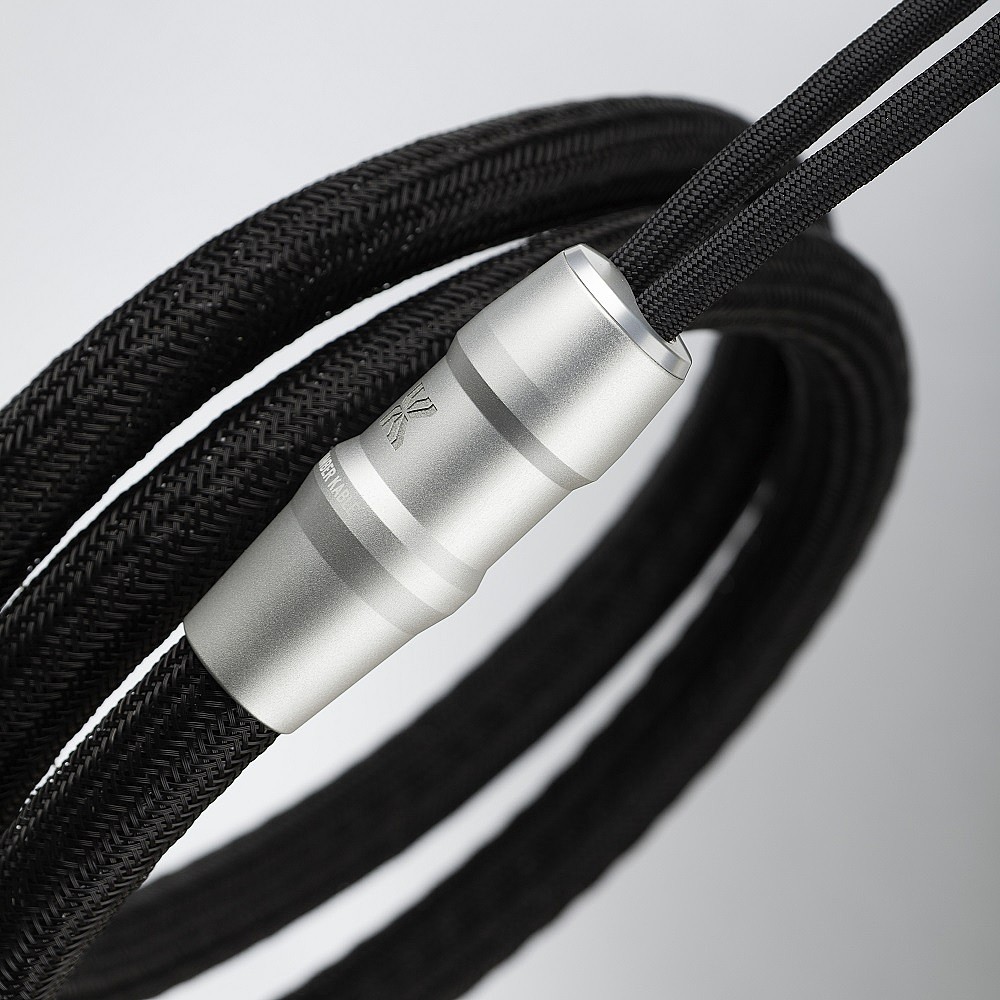
Just as bass done wrong can have the effects I describe above, bass done right, in the way the reviewer reports, can have a positive effect on the mids and highs, providing a solid foundation and helping to give them added substance. Not too surprising, then, when he reveals that “the highs are essentially natural and unforced if very slightly dry in the highest reaches” and “the midrange is neutral, [with] low coloration [and] notably well balanced over this frequency range”.
Impressive stuff…
Carbon interconnect
Moving onto the Carbon analogue interconnect, he reflects that the fundamental make-up of the cable is similar to that of the 18XL, but without the additional central core. An unusual design feature of the Carbon, though, is the way in which the two channels are arranged. These are normally composed of two completely separate runs, one for each channel.
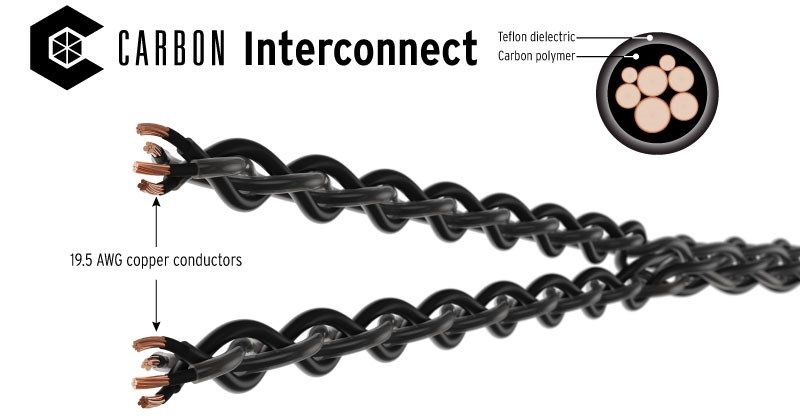
With Carbon, both channels are woven together in the central run, with the left and right channels splitting off at each end to allow convenient connection to the components. What this means is that, whereas you would normally see a pair of analogue interconnects – one cable for the left channel, one for the right – in the case of Carbon you’ll find a single cable.
This is not simply a design quirk but is based in sound principles. As the reviewer explains, “this construction should help control electrical noise induction by eliminating the usual loop formed by physically separated L and R channels”.
The resulting performance is one characterized by “neutrality”, in Martin’s opinion: “I heard no sins of commission or omission”. It remains neutral in the sense that it allows the signal it is given to pass through in a manner which leaves the integrity of that signal intact. But don’t take neutral to mean boring, because it turns out to be quite the opposite.
Because the cable gets out of the way, it allows the music to flow through:
“Natural orchestral string sections were set in expansive yet focused images with satisfying depth and perspective. Soloists were well placed on a generous soundstage. There is a sense of stability and calm as the musical performances take precedence”.
Just as they should.

As if to illustrate the point, he notes that Bob Dylan’s track Man in the Long Black Coat from the Old Mercy album, “had beautiful presence and immediacy” whilst Storm Comin’, from the album Bright Morning Stars by Wailin' Jennys, “was rendered with presence and drama, crisp, characterful bass and, not least, exquisite vocals”.
Carbon cables are unique in the Kimber range, adding a different technology which sits alongside, and complements, their existing PR/TC, Monocle and Select ranges. Although offering something different, the review illustrates that none of Kimber’s innate musicality is left out. And that’s good news for any audiophile: more choice, without compromise.

Magazine: Stereophile
Issue: August 2025
Verdict: N/A
Buy Carbon 18XL
Buy Carbon Interconnect
Hi-Fi News review of Carbon 18XL
The Absolute Sound review of Carbon 16 & Carbon 18XL
Hi-Fi Critic review of Carbon interconnect & Carbon 18XL
Hi-Fi Choice review of Carbon interconnect
Written By Simon Dalton












